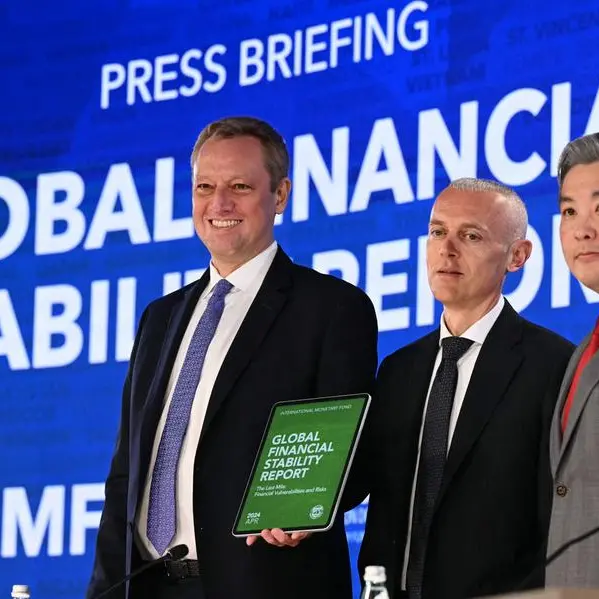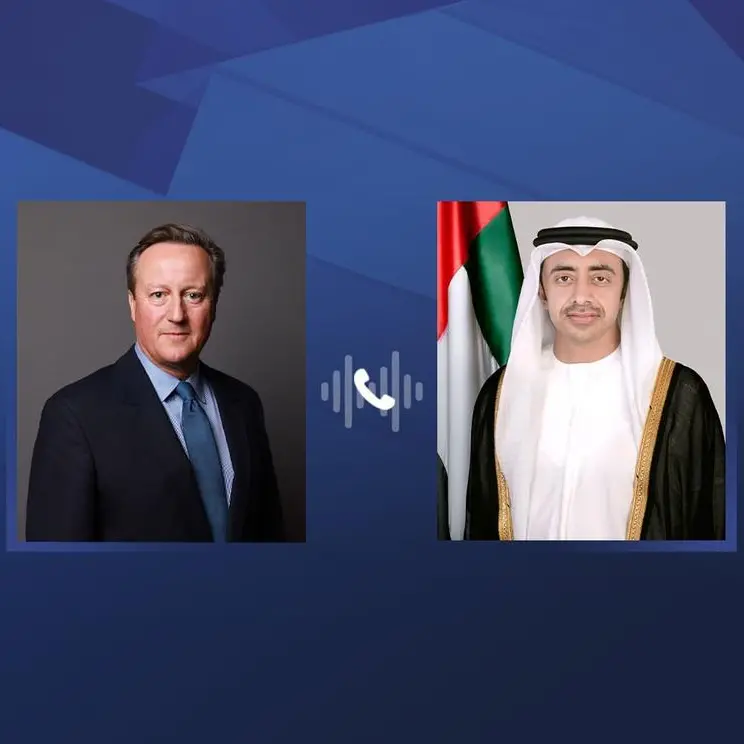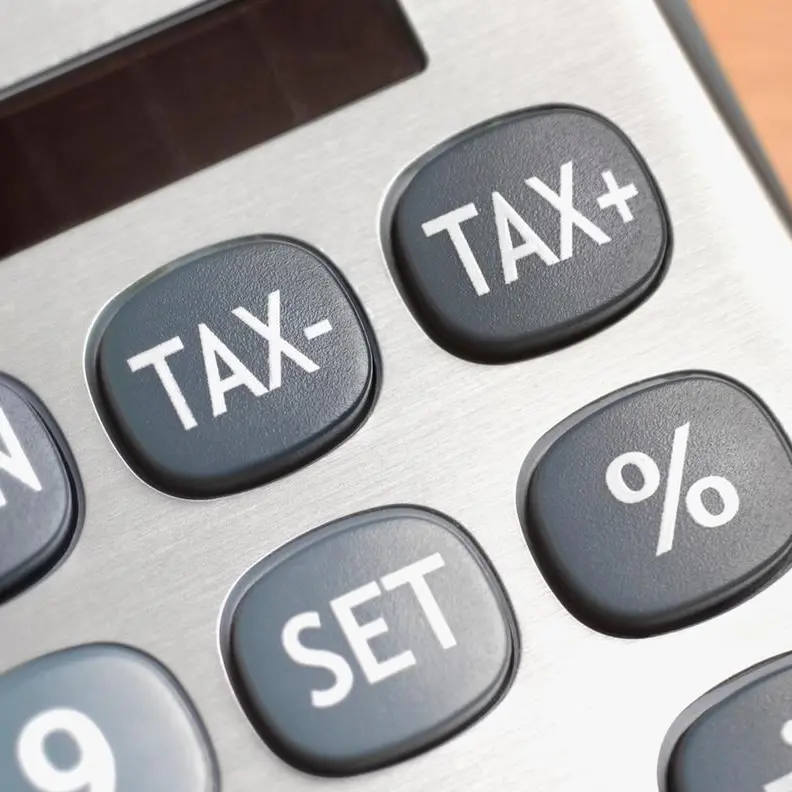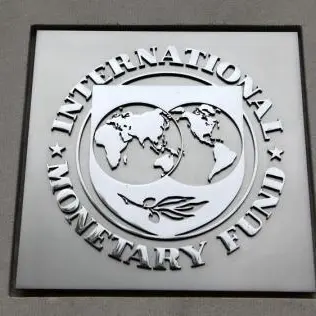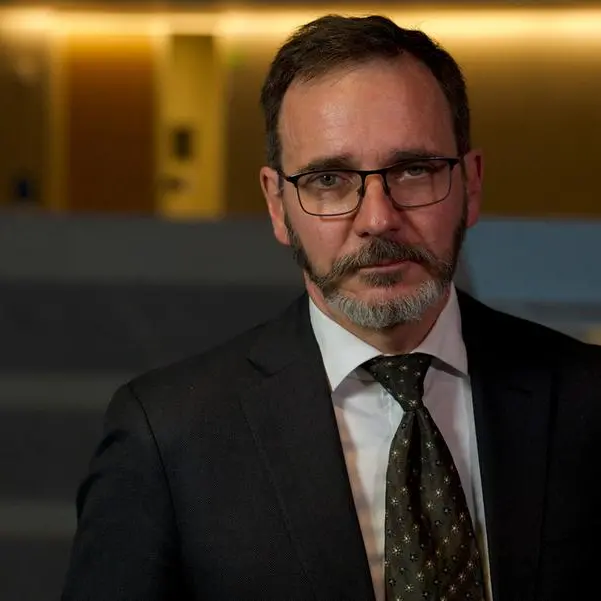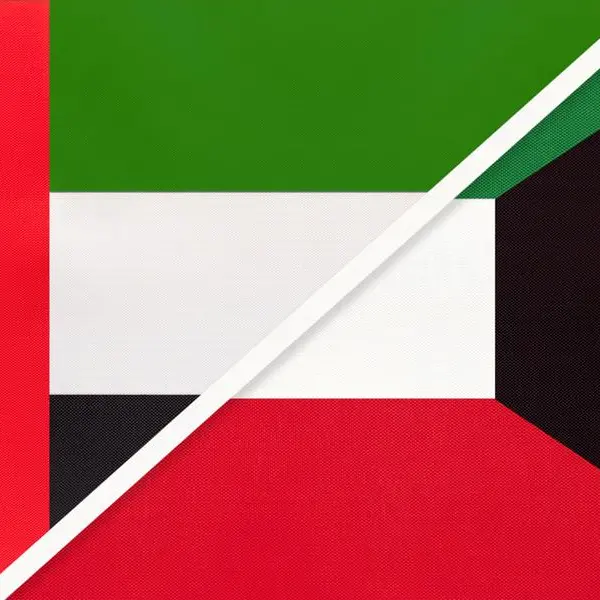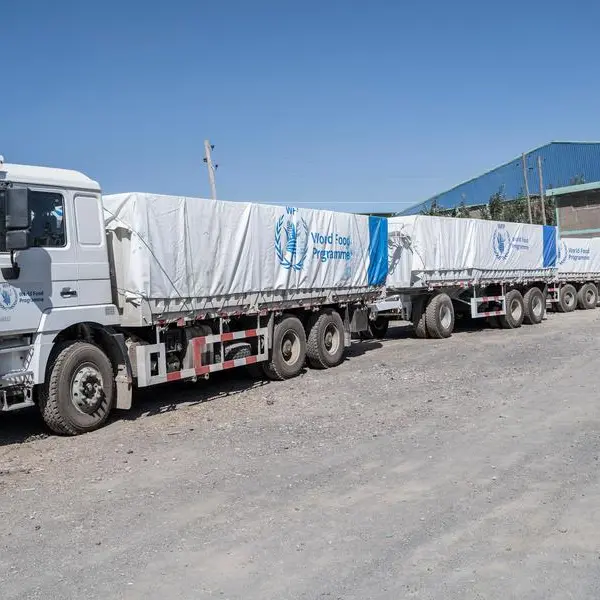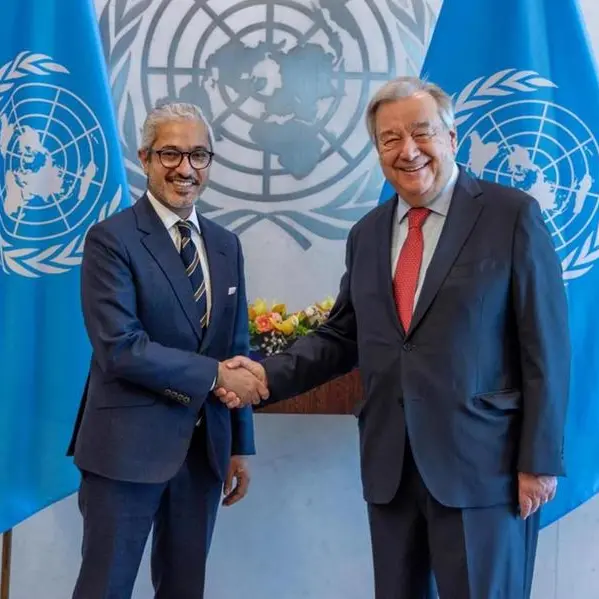Dubai Municipality on Saturday said that 45 per cent of the Dubai Waste Treatment Centre in Warsan, the worlds largest waste-to-energy project, has been completed. The first phase of the landmark renewable energy project will be completed by 2023 while the entire project is expected to be finished by 2024.
Undertaken under the directives of His Highness Sheikh Mohammed bin Rashid Al Maktoum, Vice-President and Prime Minister of the UAE and Ruler of Dubai, the project reflects the emirates commitment to transform itself into one of the most sustainable cities in the world.
In line with the UN Sustainable Development Goals (SDGs), the facility will also contribute to reaching the goals set by Dubai Municipality to reduce landfill by 75 per cent and the targets outlined in the Dubai Clean Energy Strategy 2050. The project also reflects the emirates keenness to follow a green growth trajectory that significantly reduces Dubais environmental footprint.
Guided by the vision of our leadership to advance sustainable development and develop innovative solutions to tap renewable energy sources, Dubai Municipality is undertaking an exceptional and pioneering project to convert waste into energy, Dawoud Al Hajri, director-general of Dubai Municipality, said.
Our keenness to implement projects that integrate the values and concepts of sustainability and environmental preservation that are critical to our world today, has significantly contributed to Dubais rapid advancement in this vital sector, he added.
He further said the Dubai Waste Treatment Centre is the most efficient waste-to-energy project in the world, with an efficiency rate of 32 per cent at a temperature of 27 degrees celsius. The projects waste treatment capacity is estimated at 5,666 tons per day, equivalent to 1.912 million tonnes per year. The project will greatly support efforts to achieve the UAEs and Dubais strategic and national goals in the energy sector.
The foundations of the Dubai Waste Treatment Centre, covering a total area of 400,000 square metres, have been completed. After completing the excavation, 66,000 m3 of concrete was poured and reinforced with 1,000 tons of iron, using eight cranes, including the two largest cranes in the world with a length of 40 metres and a capacity of 100 tons.
In addition, 45 per cent of the turbine engine that runs on steam produced from the waste treatment process and 45 per cent of the generator that will supply and provide sufficient energy for more than 135,000 homes annually have been manufactured. The project uses the latest Japanese and Swiss waste treatment technologies, which raises its efficiency beyond any other currently existing waste-to-energy project. The project is environmentally friendly, as all emissions will be completely treated using a fabric filter consisting of 12,480 cylindrical filter bags before being discharged through a 70-metre high chimney. Comprehensive control measures have been put in place to remove any odours.
The project is being built with the participation of 30 contracting, consulting and supplier companies. A team consisting of more than 300 engineers and labourers have already spent 3 million working hours on the development of the project.
The project will operate over a period of 35 years. All the water used in the project will be recycled from the Wastewater Treatment Plant in Warsan at a rate of 2,760 cubic metres per day. The project will generate 200 megawatts of energy per hour (MWh) and 35 MWh will be used to operate the Warsan Wastewater Treatment Plant, while 20 MWh will be used to operate the Dubai Waste Treatment Centre.
The process for waste treatment involves using trucks to collect waste and transporting it to the Dubai Waste Treatment Centre. Waste from 1,000 trucks will be received per day, and the Centre will process waste from 88 trucks per hour. The Centre has five incineration lines to ensure the burning of 5,666 tons of waste per day, the first of which will be operational in 2023. The rest of the five lines will operate at full capacity by 2024. The incinerated waste will produce 1,000 tons of bottom ash, which will be recycled and used in infrastructure projects.
muzaffarrizvi@khaleejtimes.com
Copyright 2021 Khaleej Times. All Rights Reserved. Provided by SyndiGate Media Inc. (Syndigate.info).
